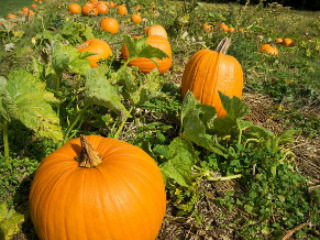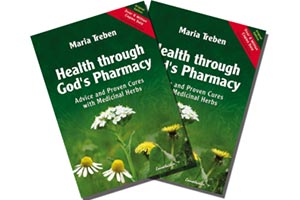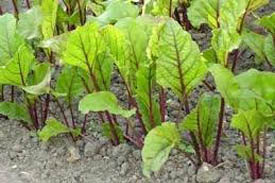Planning and Planting: Pumpkins
 Pumpkins are a great amusement for carving on Halloween, yet they provide very nutritious food if you have the right varieties. In olden days the “pumpkin Patch” was quite real for many farms to feed the family and the pigs. Basically hay was hand cut, laid in the wagon in sheaves, just like wheat. Hay was very, very important and provided a nurturing place for growing pumpkins.
Pumpkins are a great amusement for carving on Halloween, yet they provide very nutritious food if you have the right varieties. In olden days the “pumpkin Patch” was quite real for many farms to feed the family and the pigs. Basically hay was hand cut, laid in the wagon in sheaves, just like wheat. Hay was very, very important and provided a nurturing place for growing pumpkins.
A stout hay pole was inserted into the ground, standing upright some six to seven feet. The sheaves were laid in a circle around the pole, seed ends out, the next circle seeds in, then out gradually building the “stack” in a vertical pyramid shape. Some were so tightly “woven” that they were truly vertical. The top was crowned with a woven loose mat of hay to shed the snow. Many haystacks were used, even with a rich man’s barn, for hay storage that I remember from my days in Sweden as a boy.
As the winter progressed, the family cow was allowed to graze the haystack and this led to uneven places but proved if the farmer was competent to build a haystack. With the cow adding manure, the top settled down, the pigs then were put into the haystacks after they had gorged on the apples left on the ground in the orchards. They ate their way under the stacks creating nest sites for ducks, and the chickens picked the ground clean.
The following late spring, the animals moved to another lot, the farmer planted pumpkins and winter squashes in the circle of the stack. The ground was enriched naturally, the vines branched out for this selection towards fall, and when the pigs were turned in for the old, soft and undesirable pumpkins, they gorged. This was a farm cycle many farmers used and kept the animals fed which is always a problem finding enough nutritious food for the livestock.
The selection of the family pumpkins was to look for a pumpkin the family could carry to the house for winter storage, nice dry 50F storage, sometimes under the beds. The pumpkin stem was cut with a knife about four to six inches long; the pumpkin was inspected for soft spots, usually occurring at the stem base where rot would seep in. With no cuts and bruises it was placed in a hay protective wagon and taken from the field. Today we might put some hay in a wheelbarrow to protect the pumpkins from bruising and bumping. Pumpkins were a major source of winter foods for the family. As the winter progressed, pumpkins and winter squashes were often inspected and if the appeared to be getting soft sports, they were quickly eaten.
Growing pumpkins and winter squashes is not much different today in that we depress an area, maybe two to six feet across, fill it with natural composted cold manures-such as cow pies. Fertilizer NPK is desirable at 5-5-5. Flood the depression with water and let settle. Then plant two inches deep a ring of seeds, perhaps six in a circle half way inside the depressed fertilized area. Pumpkins and winter squash once they start showing fruit require water, hence the depressed area to collect water. Once the seeds are up, select the best of the plants, and pull the others up.
Rotted modern hay bales sitting in the field also make good pumpkin grow areas if the cattle, pigs, goats, groundhogs and deer are kept out.
Pumpkins can be had in short vine hybrids, which is nice for the small garden of limited space. Those with larger areas and stout fencing will be pleased to note that vine pumpkins and winter squashes like to climb and will support heavy weights on their stems.
The traditional open pollinated varieties are seed savers and you can eat the seeds raw or lightly fried in oil. Lady Godiva series is your best bet for seed producers, but little meat. Pumpkin seeds are very healthy for men’s prostrate requirements.
Meat type pumpkins are the classic small “sugar pie” variety, and they are the best. I have found the “Rouge Vie D’etampres (Cinderella) and Fairytale from www.teritorialseed.com and www.nicholsgardennursery.com , my choice.
Winter squashes such as the Butternut variety are an excellent treat. For really big squashes try the Sugar Hubbard, or the old time Blue Hubbard squash. They are vinery and may invite squash vine borers, so keep piling soil on the vines where they touch the ground for more rooting.
These big squashes are hard to cut, having a tough skin. I use a machete or a large strong bladed knife to open them and cut into wedges, which we bake with spices right in the skins.
Saving seed is easy. Remove strings, dip in mild bleach water, and set out to dry in warm shade. The bleach will reduce fungus attack. Store in a breathable paper bag, marked which is which, then stuff in a non-airtight jar for next year. Then again, you might just eat all the seeds.
Copyright: 2008, Back2theLand, Mark Steel.



